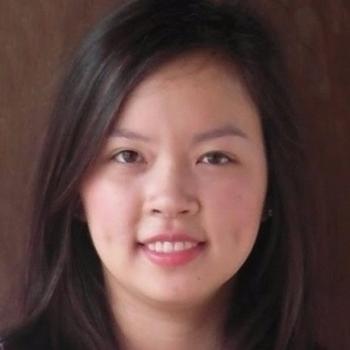Current Research and Scholarly Interests
My interests lie in “big data” for ophthalmology research. I started my career in data science acquiring the tools of basic epidemiology and public health research during my Fulbright year studying diet and metabolic syndrome in Japan. Then during medical school, I was awarded a fellowship through the NIH-funded Clinical and Translational Sciences Institute at UCSF to spend an extra year pursuing glaucoma research while enrolled in the Advanced Training in Clinical Research program offered by UCSF’s epidemiology and biostatistics department. I worked through a curriculum identical to the first year of the Master’s Degree program in clinical research and analyzed data from the National Health and Nutrition Examination Survey (NHANES) to explore associations with glaucoma as diverse as depression and vitamin and nutrient intake. Moving to the University of Michigan Kellogg Eye Center for ophthalmology residency gave me further opportunities to branch into health services and health equity research, and to grapple with the nuances of longitudinal and “messy” real world data of health insurance claims and electronic health records (EHR) data.
In June 2019, I completed a glaucoma fellowship at Stanford University at the Byers Eye Institute and continued to stay on as faculty in the Department of Ophthalmology. Rather than the traditional one-year full-time clinical fellowship, I crafted a two-year fellowship experience combining clinical training with continued research efforts. The fertile interdisciplinary environment of Stanford University allows me to work on newest frontiers in data science by working with scientists in biomedical data science and health informatics. I completed a Master's Degree in Biomedical Informatics, which has given me the tools and skills I need as a clinician scientist at the interface of informatics and ophthalmology. I continue to expand my work in EHR data analysis, incorporating natural language processing and machine learning techniques to unlock insights from clinical and unstructured data in order to impact people’s health, health literacy, health attitudes, and health behaviors.
Currently, my work focuses on using and integrating a wide variety of data sources in my research, spanning both structured and unstructured forms, including national survey datasets, health insurance claims data, patient-generated online text, surgical video, and electronic health records. I investigate outcomes of treatments for glaucoma and cataract, as well as other areas of ophthalmology. My focus is on developing artificial intelligence methods to predict ophthalmology outcomes, and on applying novel methods for automated extraction of ophthalmic data, especially from free text and video.
For more information on our current projects, including recent papers and presentations, feel free to browse our research group website: https://optima.sites.stanford.edu/


